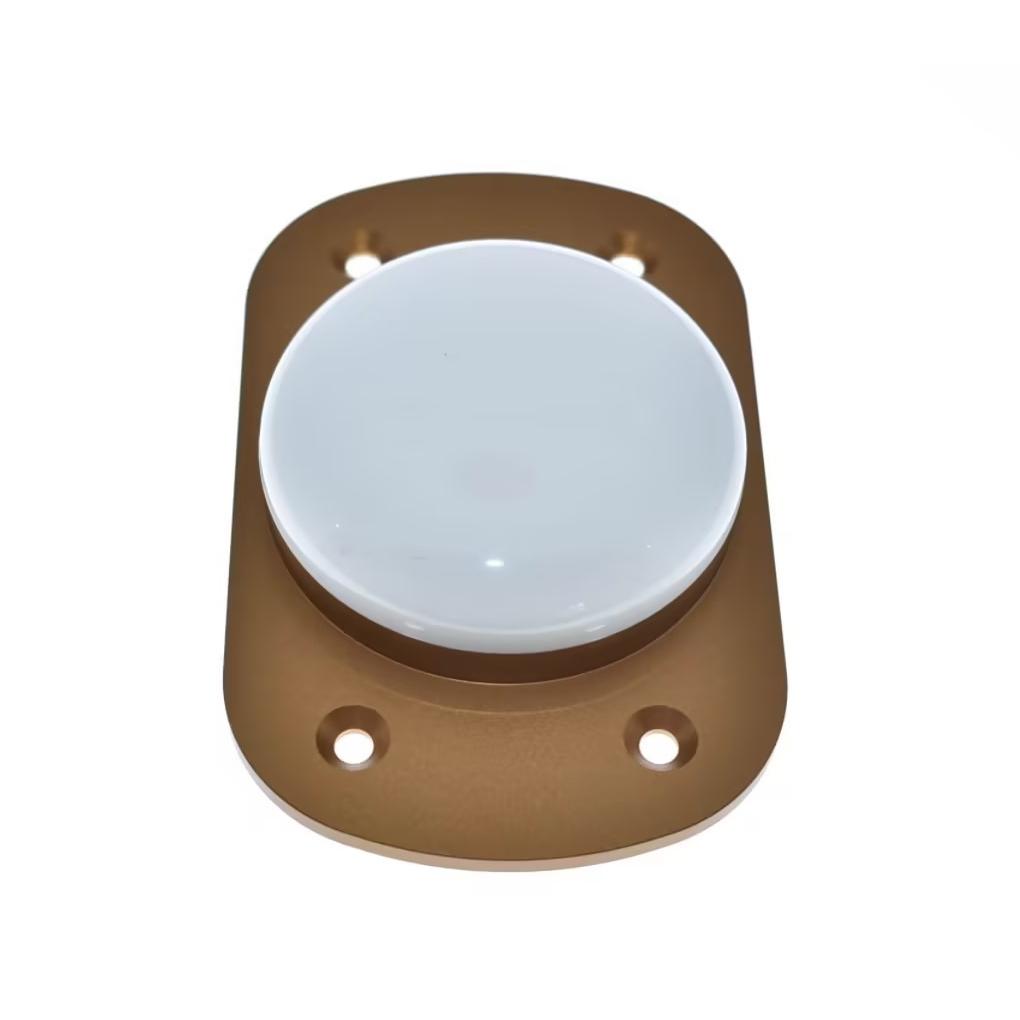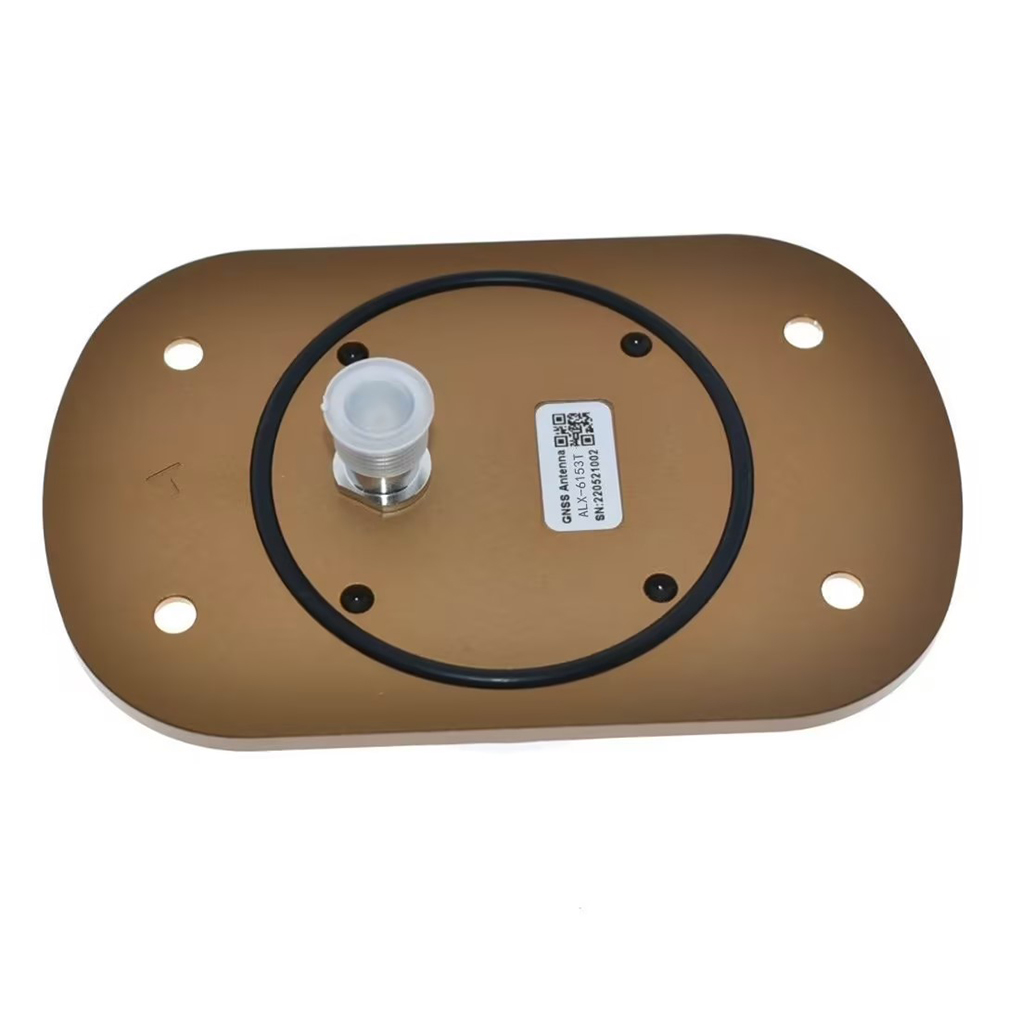The integration of Real-Time Kinematic (RTK) aviation antennas into aircraft navigation systems offers transformative benefits in positioning accuracy, operational efficiency, and flight autonomy. However, this advanced technology also introduces significant engineering and operational challenges that must be addressed to ensure safety, reliability, and regulatory compliance.
One of the most compelling advantages of RTK aviation antennas is their ability to deliver centimeter-level positioning accuracy in real time. Unlike conventional GNSS systems that provide meter-level precision, RTK enables aircraft to determine their position with sub-5 cm accuracy by resolving carrier-phase ambiguities using differential corrections from a nearby reference station or network. This level of precision is critical for applications such as automated landings, precision approach paths, and formation flying, particularly in environments where traditional Instrument Landing Systems (ILS) are unavailable or cost-prohibitive to install.
Another key benefit is enhanced situational awareness and flight safety. With highly accurate and continuous positioning data, pilots and autonomous flight systems can maintain tighter control over flight paths, avoid terrain and obstacles, and operate safely in congested airspace. This is especially valuable for unmanned aerial vehicles (UAVs) and emerging electric vertical takeoff and landing (eVTOL) aircraft in urban air mobility (UAM) scenarios, where precise navigation between buildings and landing pads is essential.
RTK aviation antennas also support reduced reliance on ground infrastructure. While RTK traditionally requires a local base station, advancements in Network RTK (NRTK) and satellite-delivered corrections (e.g., via L-band or cellular networks) allow aircraft to receive real-time corrections over wide areas without deploying dedicated ground equipment. This scalability makes RTK suitable for regional operations, long-range UAV missions, and mobile base stations on ships or remote outposts.
The multi-constellation and multi-frequency capability of modern RTK antennas further enhances reliability. By simultaneously tracking GPS, GLONASS, Galileo, and BeiDou satellites across L1, L2, and L5 bands, these antennas ensure a high number of visible satellites, improving signal availability and geometric diversity (lower DOP values). Multi-frequency reception also enables real-time ionospheric delay correction, a major source of error in single-frequency systems, thereby improving solution integrity.
Additionally, RTK antennas contribute to operational efficiency and cost savings. In aerial surveying, precision agriculture, and infrastructure inspection, centimeter-accurate geotagging eliminates the need for ground control points (GCPs), reducing fieldwork time and labor costs. For commercial drone operators, this translates into faster mission turnaround and higher data quality.
Despite these advantages, several challenges remain. Electromagnetic interference (EMI) from onboard avionics, radar, motors, and power systems can degrade GNSS signal quality, leading to cycle slips or loss of RTK fix. Even with shielding and filtering, EMI remains a persistent issue, particularly in compact UAVs where components are densely packed.
Signal blockage and multipath interference are also significant concerns. The aircraft’s own structure—such as wings, fuselage, or antennas—can obstruct satellite signals, especially at low elevation angles. Conductive materials like carbon fiber can attenuate or reflect GNSS signals, further complicating reception. Multipath, caused by signal reflections off the aircraft body or ground, introduces phase measurement errors that degrade RTK performance.
Thermal and mechanical stability is another challenge. Temperature fluctuations during flight can cause expansion or contraction of antenna materials, altering resonant frequency and phase center characteristics. Vibration from engines or rotors may also affect solder joints or internal components, potentially leading to intermittent failures.
Moreover, certification and regulatory compliance pose hurdles for widespread adoption in manned aviation. Aviation authorities such as the FAA and EASA require rigorous testing and documentation to ensure that RTK systems meet safety-critical standards for navigation integrity and continuity. Currently, RTK is not approved as a primary navigation source for commercial airliners, limiting its use to supplemental or experimental roles.
Finally, dependence on correction data availability introduces operational risk. If the data link for RTK corrections is lost due to network outages, jamming, or spoofing, the system may revert to less accurate standalone GNSS mode, potentially compromising mission safety.




































































 Language
Language
 En
En Cn
Cn Korean
Korean

 Home >
Home > 







 18665803017 (Macro)
18665803017 (Macro)













